Name That Wind
/People complain about the wind in Las Vegas all the time. It does get windy here. In fact, the highest recorded wind gust here was in March 1984 – 82mph/70+ knot winds. That's a lot of wind wherever you are. Wind, however, is an essential part of a sailor's life, especially on a sailboat. People have many names for the wind depending on where they're from and the intensity with which the wind blows. There are gentle winds and breezes and zephyrs. There are destructive winds like tornadoes and twisters, waterspouts, cyclones, typhoons and diablos. There are icy blasts, gusts and gales ... siroccos, pamperos, foehns and mistrals.
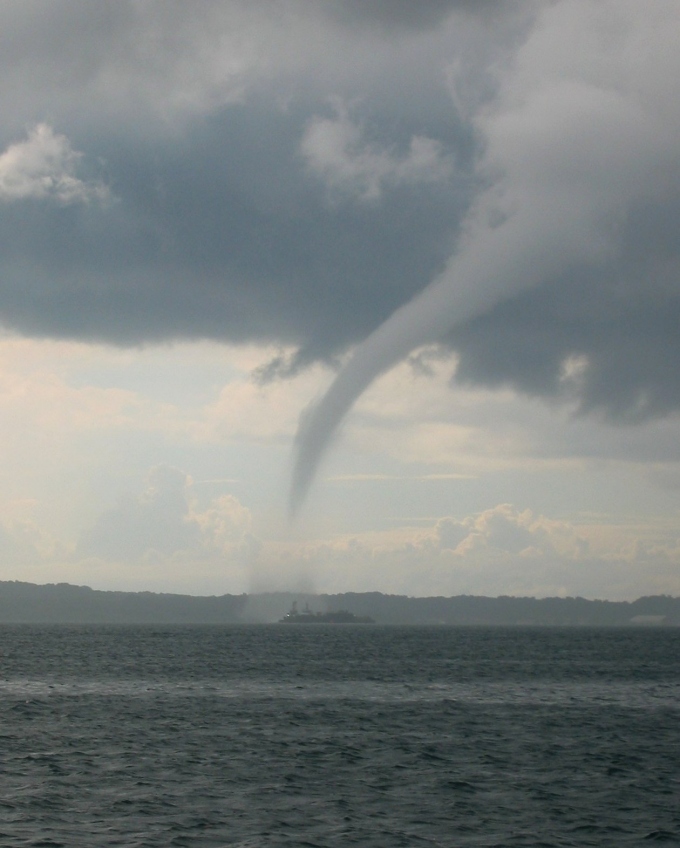
The Greeks named the winds based on direction from which they came. Boreas was the god of the north wind and winter. Eurus was the unlucky east or southeast wind. Notus was god of the warm, south winds and Zephyrus was the god of gentle west winds. The ruler of the winds, Aeolus, was venerated and respected as much as Poseidon, the Greek's equivalent to the Roman god of the sea, Neptune.
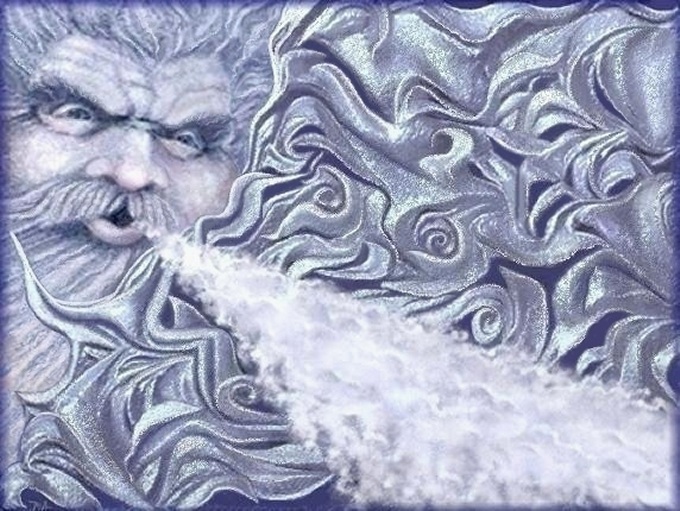
Pedro Reinel, a 15th-16th century Portuguese cartographer, is the author of the oldest signed nautical chart in existence. In 1504, he was also the first cartographer to depict a wind rose on his Atlantic Chart. Reinel showed not only a scale of latitudes for the first time, but an ornate fleur-de-lys wind rose.
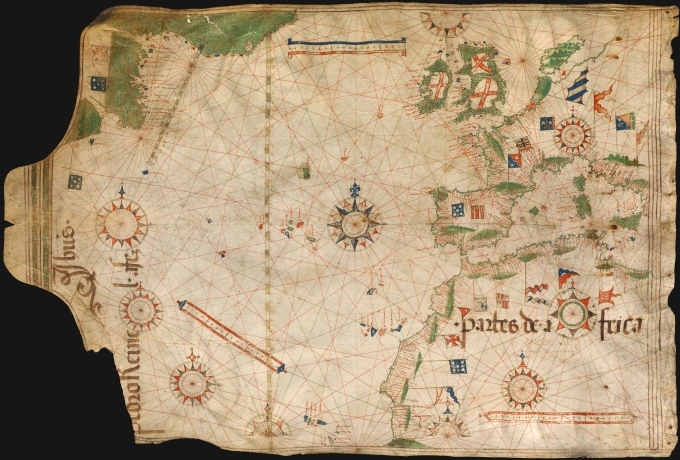
If you're a sailor and have ever used paper charts, you've very familiar with the compass rose. When plotting a course on a paper chart, we still use the compass rose with a parallel rule and dividers to determine our heading. Before the development of the compass rose, “a wind rose was included on maps in order to show sailors from which directions the eight major winds blew within the plan view.” North was always depicted with a fleur-de-lys, while east was shown as a Christian cross to indicate the direction of Jerusalem from Europe. Later charts sometimes included half winds (8) and quarter winds (16).
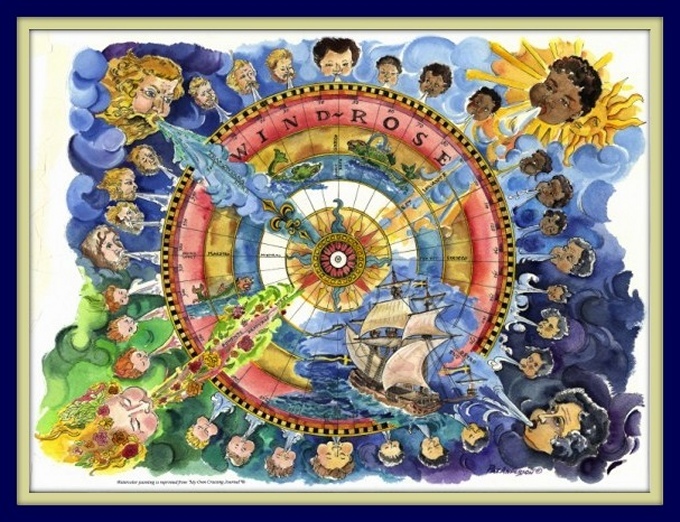
Eight points on the compass rose delineated the eight principal winds (N, S, E, W) at 90º intervals plus the ordinal directions (NE, SE, SW, NW) at 45 intervalsº. When the angles were bisected again (22.5º), the half-winds were shown, e.g. SSE, ESE, SSW, WSW, etc. Some were pretty elaborate, showing quarter-winds as well. When all 32 points on the rose are shown, it's called “boxing the compass”.
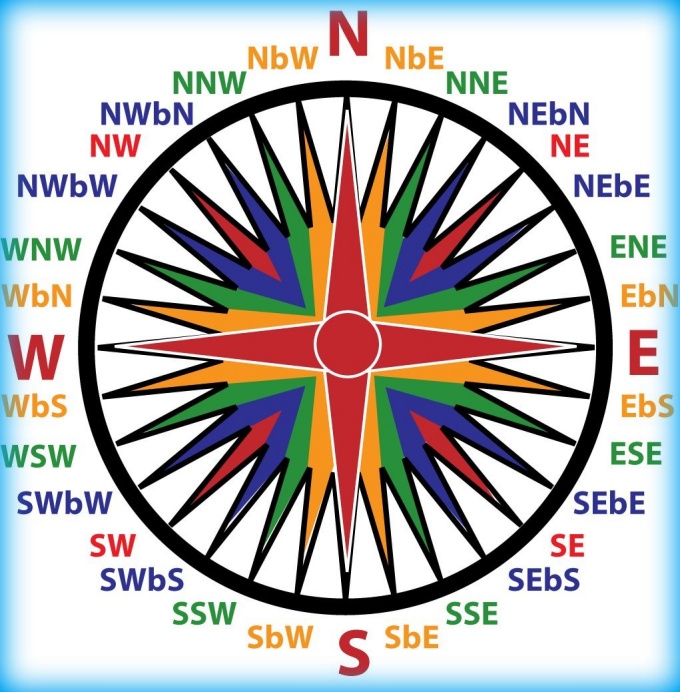
In 1805, Francis Beaufort devised the Beaufort Scale which measured wind speed based upon observed conditions on land or sea and standardized an objective reporting of wind speeds.
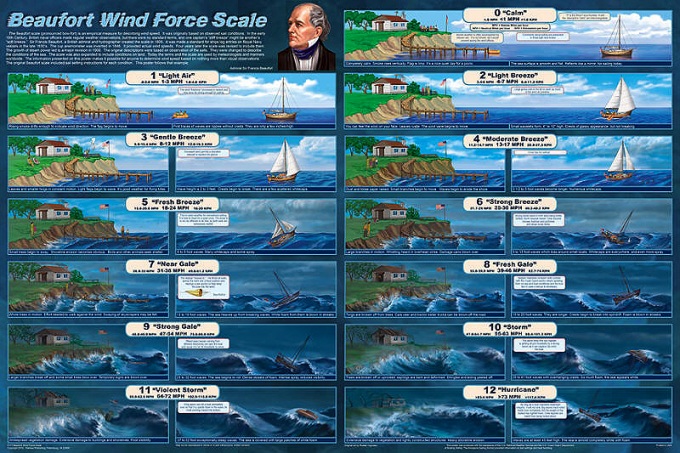
As we've traveled around the world, we've heard the wind called by many names. The strong southeasterly Cape Doctor in Cape Town and the Fremantle Doctor in Perth. The southwest busters on Africa's wild west coast and the willywaws and rachas that thundered through like freight trains in Patagonia and Tierra del Fuego. I grew up with nor'easters in New England. The Santa Anas are well known in southern California. The warm chinooks of the Rockies are also known as “snow eaters”.
And, of course, if you've ever seen “Paint Your Wagon”, They Call the Wind Maria.

